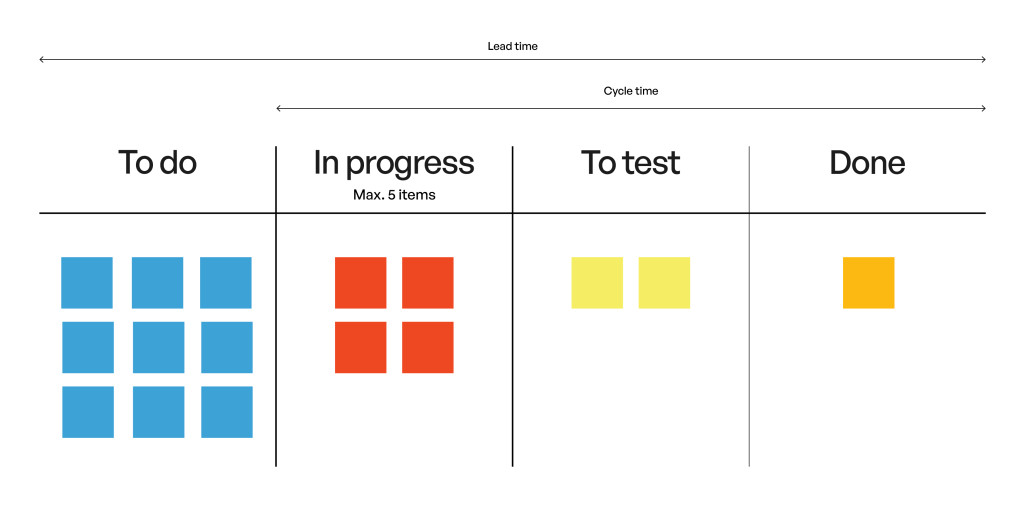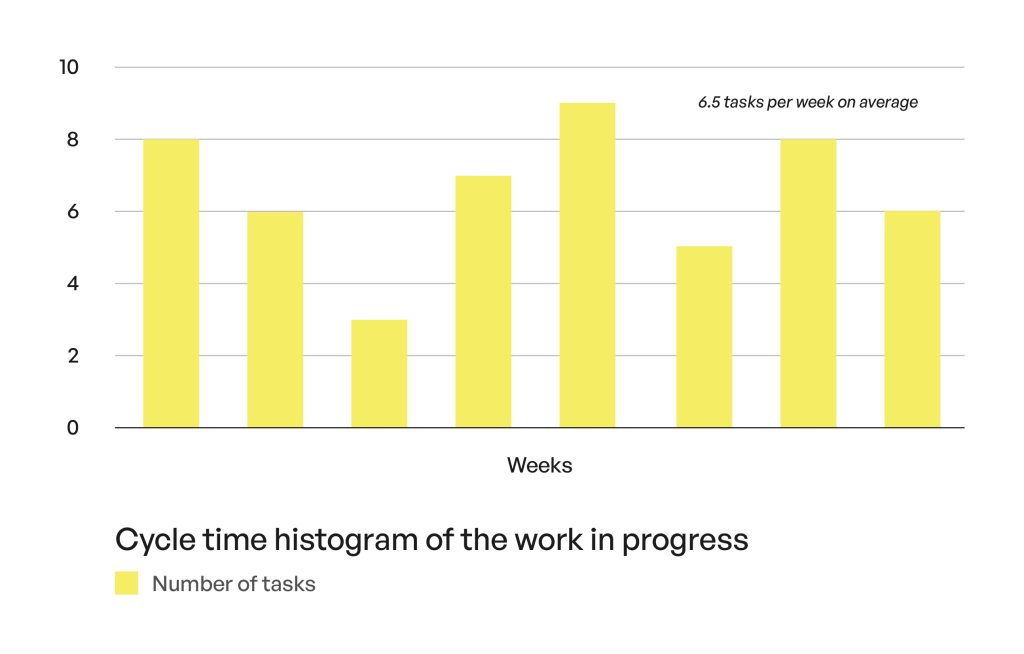In 1986, Hirotaka Takeuchi and Ikujiro Nonaka published “The New New Product Development Game” in the Harvard Business Review. This groundbreaking article analyzed the manufacturing processes of Canon, Honda, and Fuji-Xerox, revealing how these companies from diverse industries consistently outperformed their competitors in bringing successful innovations to market. Their findings laid the groundwork for what is today known as the most renowned Agile framework: Scrum.
In Product Innovation and Strategy, Scrum’s appeal lies in its visual simplicity and structured approach, which encourages rapid adaptation and inspection, allowing teams to deliver small, valuable increments of working software efficiently. However, its simplicity belies a complex framework that is often challenging to implement correctly, leading to potential disappointments when applied inappropriately.
When Scrum Might Not Be the Best Fit
✖ Complicated vs. Complex Problems: Scrum excels in managing complex problems, where solutions evolve through trial and error. It’s less effective for complicated problems that are predictable and can be planned in advance, such as construction projects.
✖ Maintenance-Heavy Workloads: For teams primarily focused on tasks like bug fixes or configuration changes, Scrum’s sprint-based model may not be the most efficient.
✖ Multitasking on Multiple Projects: Scrum requires focus and commitment to a single sprint goal, which can be challenging for teams spread thin across several projects.
✖ High Uncertainty: In environments where the project scope and goals are frequently changing, Scrum’s structured approach can be too rigid.
✖ Lack of Engagement from Scrum Masters or Product Owners: The effectiveness of Scrum is heavily reliant on the active involvement of all roles. Without strong leadership and clear vision, the framework can fall short.
The Flexibility of Kanban
Kanban offers a more adaptable approach, emphasizing continuous flow and the ability to address bottlenecks promptly. Originating from Toyota’s manufacturing process, Kanban enables teams to manage workloads more flexibly, making it particularly suitable for IT service companies and situations with frequent priority shifts.
Monitoring Progress and Improving Flow without Scrum’s Practices
To effectively track progress and enhance workflow without relying on Scrum’s practices, several straightforward metrics are invaluable. These metrics not only help teams gauge their current workflow efficiency but also pinpoint areas for improvement.
- Cycle Time Analysis: Understanding how long tasks remain on the board—from initiation to completion—is crucial. This metric, known as cycle time, offers insights into the efficiency of task processing. Distinct from lead time (or throughput), which measures the duration tasks stay on the board from creation to closure, cycle time focuses on the active working period of tasks. It’s a critical measure for identifying process delays and setting benchmarks for improvement.

- Using Cycle Time Histograms: One of the most powerful tools at a team’s disposal is the cycle time histogram. These histograms provide a visual representation of cycle times across tasks, allowing teams to predict future delivery times with varying degrees of confidence. By leveraging this tool, teams can bypass the need for detailed task breakdowns and estimates, freeing up more time for development and other high-value activities. Graphs illustrating cycle time distributions can help in setting realistic expectations and improving delivery predictability.

- Limiting Work in Progress (WIP): A key principle of Kanban is the limitation of work in progress. This concept encourages teams to complete current tasks before taking on new ones, thereby enhancing flow efficiency and reducing bottlenecks. Implementing WIP limits ensures a smoother workflow and contributes significantly to the overall productivity of the team. A graph showing the impact of WIP limits on project throughput and cycle times could visually demonstrate the benefits of this approach.
By focusing on these metrics and the visualization capabilities of the Kanban method, teams can better manage their workflows, identify bottlenecks early, and implement effective solutions. The inherent flexibility and visual nature of Kanban make it a powerful alternative for teams for whom Scrum is not the ideal approach.
Integrating Useful Scrum Practices
Even outside of Scrum, incorporating elements like daily stand-ups, refinement sessions, and retrospectives can enhance team communication and project outcomes, providing the flexibility to adapt methodologies to fit the team’s unique needs.
Conclusion: Strategic Selection for Product Innovation
The choice between Scrum and Kanban should align with your project’s specific demands and team dynamics. Scrum provides a rigorous framework ideal for tackling complex, evolving problems through iterative solutions, whereas Kanban offers greater flexibility and adaptability, perfect for environments with varying priorities. Understanding each methodology’s strengths allows teams to adopt or hybridize practices to best suit their strategic product innovation goals.
Interested to get deeper into the topic of Product Innovation and Strategy? We would be glad to help you.
While Scrum and Kanban are two of the most widely used project management methodologies, they’re just a glimpse into the diverse landscape of Agile and Lean practices available to teams today. Each methodology offers unique approaches to address different challenges, and by exploring a variety of frameworks, you can better tailor your process to meet the specific demands of your projects.
Curious to learn about other project management methodologies that could benefit your organization? Check out our next article. And if you’re interested in discovering how our expertise can support your project management journey, click the here to learn how we can help elevate your PM strategy!